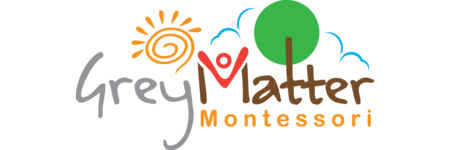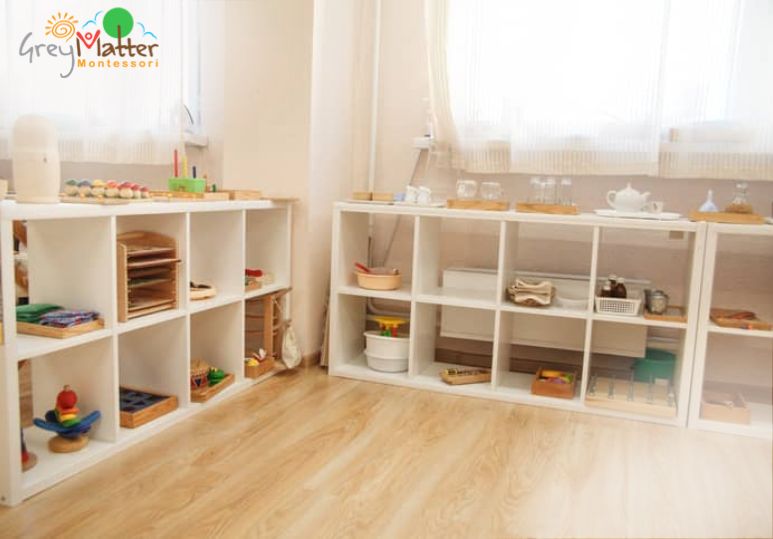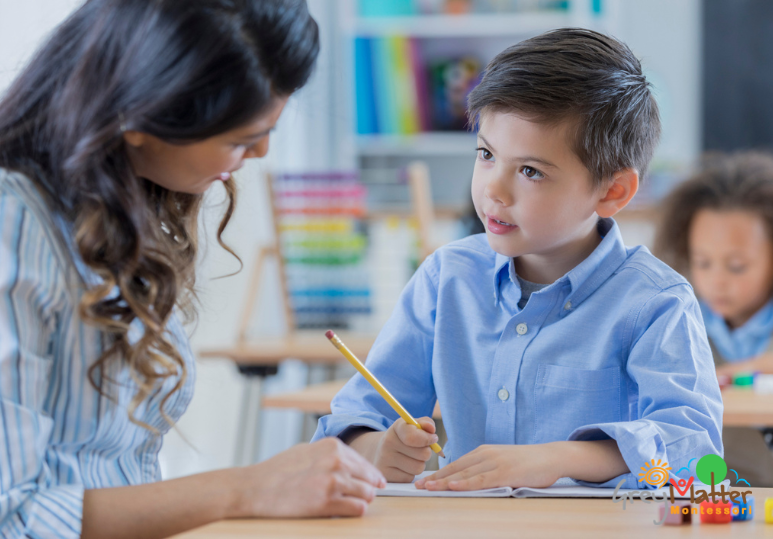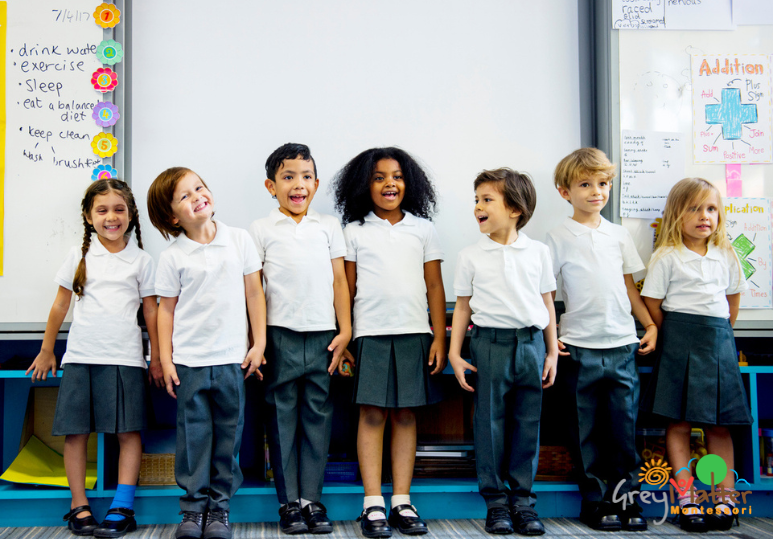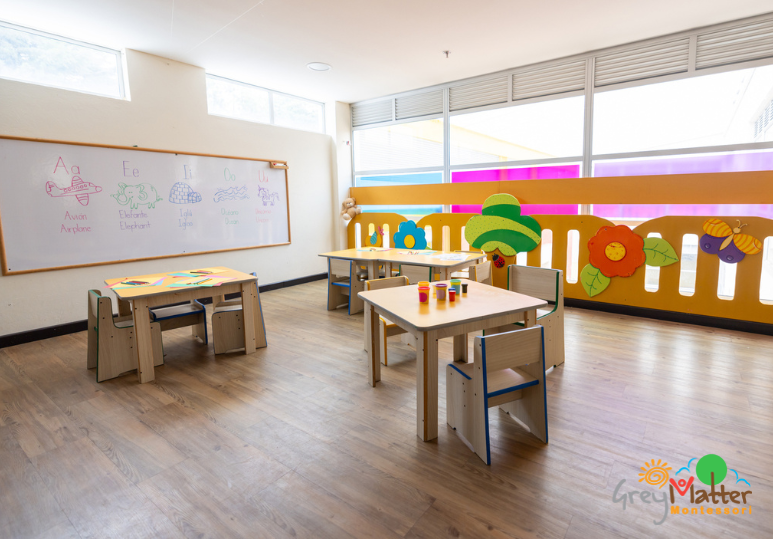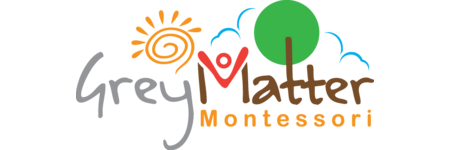The Features Of A Classroom In A Montessori School
A carefully prepared Montessori classroom is meant to facilitate independent learning and exploration. The classroom is structured and ordered, but designed with flexibility so that the child has the freedom to explore, choose their own activities, interact with other students, and be inspired by the materials provided. The Montessori classroom should be inviting, relaxing, and nurturing and every item in a Montessori school is deliberately chosen to maximize learning opportunities.
Natural Wood Furnishings
Instead of the colourful, painted or plastic furnishings of a typical preschool classroom, a Montessori school commonly chooses natural materials such as wood for classroom furniture. Child-sized wood furniture is favoured for its durability and safety (free from the harmful chemicals of plastic). Baskets and bins in a Montessori school are also often made of natural materials like wicker and metal. These natural materials are favoured for the multi-sensorial experiences they provide.
Simple Wall Decor
A Montessori school preschool classroom should be designed to be relaxing and calming, not distracting or overly stimulating. For this reason, wall decor is minimal and any decorations are intentionally selected to be inspiring, simple, and serve a purpose. Examples of practical classroom decor in a Montessori school could include a map or a beautiful, mixed media wall hanging for sensory experiences.
Intentional Lighting
The lighting in a Montessori school classroom environment is designed to enhance learning. Instead of harsh fluorescent overhead lighting that can create both visual and auditory tension, a Montessori school would typically opt for softer lighting similar to what a child would experience at home. It is not uncommon to use lamps to designate learning areas and lighting fixtures to provide ideal lighting for specific tasks in the classroom. Whenever possible, classroom design in a Montessori school should optimize natural lighting too.
Organization
Organization is key to learning and also to self-development. The Montessori classroom environment will incorporate different practical organizational structures to facilitate self-driven learning and personal responsibility. Strong structures for organization impart a sense of predictability in the classroom, helping students feel at ease and understand expectations. Good organization also facilitates the freedom to move around the classroom; an important part of a Montessori education.
Focused Learning Zones
The preschool classroom in a Montessori school is organized into designated learning areas. Typically these zones will facilitate learning activities in the 5 subject areas of the Montessori Method:
- Practical Life: Real-life activities that foster independence, body control and coordination of movement, concentration, and a sense of order.
- Sensorial: The refinement of the child’s senses through repeated manipulation of specifically designed materials to provide students with a structure and vocabulary for information received through the five senses.
- Mathematics: Hands-on materials designed around the decimal system to help children more easily and successfully assimilate the skills and knowledge of arithmetic.
- Language: Activities that naturally lead to the development of skills required for oral and written language.
- Culture and Science: The exploration of various subjects including geography, history, biology, zoology, art, and music, that allow students to discover cultures past and present and explore living and non-living things.
An Optimal Learning Environment In A Montessori School
Even though, at first glance, the preschool classroom in a Montessori school is not what you might expect, this environment is designed with intention for the most effective learning outcomes. The Montessori classroom is welcoming, inclusive, and inspiring and can provide your child with the perfect space to develop a life-long love of learning.
If you are interested in exploring the benefits of the preschool classroom in a Montessori school and the advantages of a Grey Matter Montessori education for your preschool-aged or kindergarten-aged child, contact us to book a time for a school tour at our NW Calgary location. We are accessible just off of Symons Valley Parkway in the NW community of Evanston. Call us for more info on our Calgary Montessori preschool programming at 587-707-4739.
FAQ
Q: Why are Montessori toys made of wood?
A: You may notice that Montessori toys are often made of wood and other natural materials such as wool, metal, and cotton. Dr. Maria Montessori believed that natural materials give enhanced learning opportunities for children with the sensory experiences they provide. These natural materials can be soft or hard, dense or flexible, heavy or light, and warm or cool to the touch.
Q: Is there a checklist of things my child must know before attending preschool?
A: At Grey Matter Montessori in Calgary, we value the differences that make each child unique. If your child is aged 3-6 they may be ready to begin to explore learning and we are ready to facilitate it. Learn more about exploring your child’s readiness for preschool here.
Q: When do you accept registration?
A: Grey Matter Montessori has ongoing registration and even offers advanced registrations (up to two years). Contact our office for more information on the upcoming school year and register as early as possible to ensure availability for your desired days and times.
